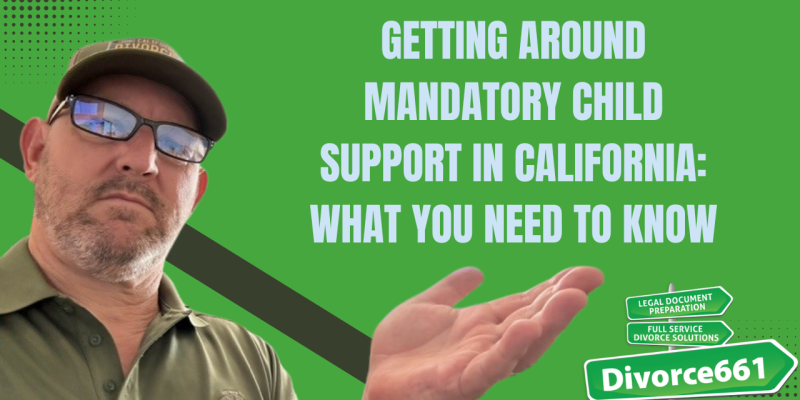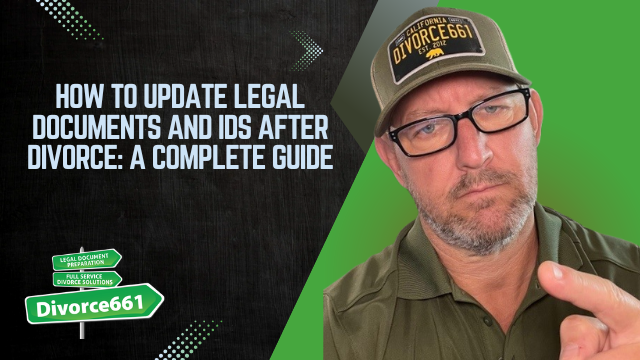Think Your Divorce Forms Are Approved? Think Again!
When you file divorce forms with the court and see that familiar stamp of acceptance, it’s easy to assume everything is approved and good to go. But here’s a crucial reality check: just because the court clerk stamps your forms doesn’t mean they’ve been reviewed or approved. This common misconception can lead to unexpected delays and frustrations during your divorce process.
In this article, we’ll break down what really happens when you file your divorce paperwork in Los Angeles and why a stamped form isn’t the same as an approved form. Understanding this distinction can save you time, money, and stress as you navigate your divorce.
The Role of the Court Clerk vs. the Judge
Many people believe that once their forms are filed and stamped, the court has officially accepted and approved their documents. However, the court clerks who process your filings are not judicial assistants or judges. Their job is administrative: they receive your paperwork, accept payment if required, and stamp your forms to confirm they have been filed.
Important: The stamp only indicates that the court has received your documents—it does not mean the court has reviewed or approved the content of those documents.
What Happens After You File Your Divorce Forms?
Once your forms are stamped, they enter the court’s system, but that doesn’t guarantee they are error-free or complete. The court clerk’s office does not review your petition, declaration of service, income and expense declaration, or any other documents for accuracy or compliance. This means mistakes or missing information can still cause delays down the line.
For example, if your income and expense declaration contains errors or if your petition is incomplete, the judge or judicial officer may reject or request corrections before moving forward. This can slow down your divorce process and potentially increase legal costs.
Why Does This Matter for Your Divorce?
Understanding that a stamped form is not an approved form is vital for managing expectations. Many people assume that once they see that stamp, their divorce is proceeding smoothly. But the reality is that the court will still review your paperwork in detail later, and any issues found can cause hold-ups.
By recognizing this, you can:
- Double-check your forms for completeness and accuracy before filing
- Seek guidance to ensure your paperwork meets court requirements
- Avoid surprises and delays that could prolong your divorce process
How to Avoid Pitfalls When Filing Divorce Paperwork
To reduce errors and increase the chances that your paperwork will be accepted without issue, consider the following tips:
- Review each form carefully: Make sure all required fields are filled out and the information is accurate.
- Understand court requirements: Different courts may have specific rules or forms, so familiarize yourself with local procedures.
- Consult with a professional: Whether it’s a family law attorney or a reputable divorce service, getting expert help can ensure your forms comply with court standards.
- Keep copies and documentation: Always keep copies of all your filed documents and payment receipts for your records.
Final Thoughts
Filing divorce paperwork can feel overwhelming, especially when you’re unsure about the process. Remember, the court clerk’s stamp is simply an acknowledgment that your forms were received—not an approval or a green light to proceed. Taking the time to prepare your documents carefully and understanding the court’s role can help you avoid unnecessary delays and make your divorce journey smoother.
If you’re looking for guidance or a full-service divorce solution in California, consider reaching out to professionals who specialize in amicable divorces. Proper support can make all the difference in navigating the legal system efficiently.
About the author: Tim Blankenship from Divorce661 is committed to helping couples in California navigate the divorce process smoothly and amicably. For more information or to schedule a free consultation, visit divorce661.com.










